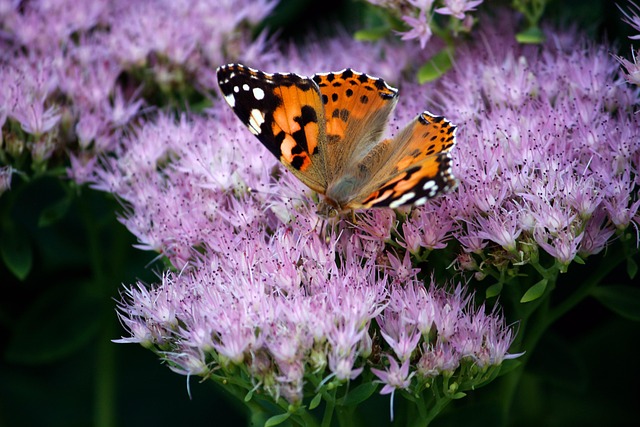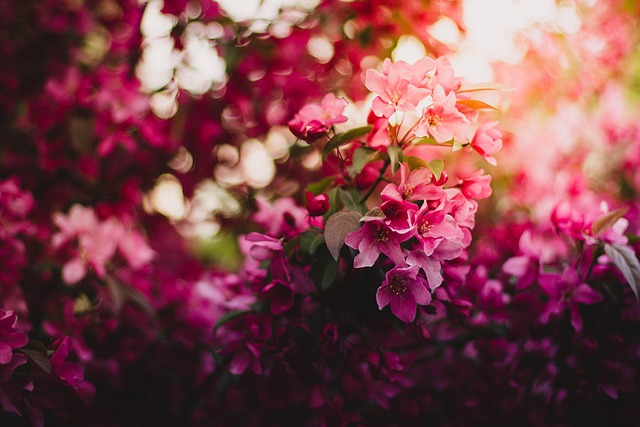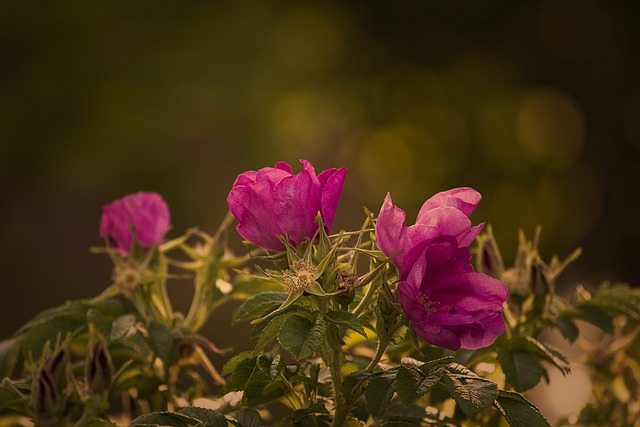Creating a beautiful, pet-safe garden or indoor space requires careful selection of non-toxic plants to ensure dogs and cats can enjoy nature securely. Researching plant toxicity is crucial, as many common choices are harmful. Comprehensive guides offer lists of safe alternatives like spider plants, peace lilies, and catnip, enabling the design of vibrant, dog-friendly landscapes that cater to pets' natural instincts while prioritizing their well-being. Incorporating these pet-safe flora enhances aesthetics and provides a secure environment for play and exploration.
In today’s digital era, pet ownership is more popular than ever. Ensuring their safety, however, requires vigilance, especially regarding household plants. This comprehensive guide, ‘Non-Toxic Plant Selection for Pets’, equips owners with essential knowledge about pet safety and toxicity. We explore common houseplants and their potential risks, offering dog-friendly landscape solutions through expert plant choices for both indoor and outdoor spaces. Discover how to create a pet-approved haven while fostering a vibrant, safe environment for your furry companions.
- Understanding Pet Safety and Toxicity: A Comprehensive Guide
- Common Houseplants and Their Toxicity Levels: What Every Pet Owner Should Know
- Dog-Friendly Landscape Design: Choosing the Right Plants
- Safe Outdoor Spaces: Creating a Pet-Approved Garden
- Alternative Options: Non-Toxic Plant Varieties for Your Pet's Well-being
Understanding Pet Safety and Toxicity: A Comprehensive Guide

Creating a beautiful, pet-safe garden is all about balance—combining aesthetics with practicality to ensure your furry companions can enjoy the outdoors safely. Understanding which plants are non-toxic for pets is a crucial step in achieving this harmony.
Toxicity varies among species, so what’s safe for one pet might not be for another. Dogs and cats have different tolerances and digestive systems, meaning a plant considered dog-friendly may still cause issues for cats. A comprehensive guide should cover common pet toxins, symptoms to watch for, and extensive lists of non-toxic plants suitable for various outdoor spaces, including both flowers and foliage options for a vibrant, pet-friendly landscape solution.
Common Houseplants and Their Toxicity Levels: What Every Pet Owner Should Know

Many common houseplants can be beautiful additions to your home and a great way to create a dog-friendly landscape indoors. However, it’s essential for pet owners to be aware of the potential toxicity levels of these plants to ensure their furry companions’ safety. Some plants that are beloved for their vibrant colors and easy care may inadvertently cause harm if ingested by curious cats or dogs.
The American Society for the Prevention of Cruelty to Animals (ASPCA) maintains a comprehensive list of toxic and non-toxic plants, which can serve as a valuable resource for pet owners. For example, popular choices like poinsettias, lilies, and dieffenbachia are considered toxic and should be avoided or placed out of reach. On the other hand, spider plants, peace lilies (when kept out of reach), and snake plants are safe options that can thrive in various lighting conditions and contribute to a dog-friendly landscape without posing risks to your pets.
Dog-Friendly Landscape Design: Choosing the Right Plants

When designing a garden that’s both beautiful and pet-safe, especially for dog owners, selecting the right plants is crucial. A dog-friendly landscape offers solutions that cater to your furry companion’s natural instincts while ensuring their well-being. Opting for non-toxic plant varieties not only keeps your pet from chewing or ingesting harmful substances but also adds a vibrant touch to your outdoor space.
Consider textures, colors, and scents that dogs generally find appealing. Plants like lavender, rosemary, and certain varieties of grass can provide sensory stimulation without being toxic. Avoiding common poisonous plants for dogs, such as lilies and azaleas, is essential. By carefully choosing and strategically placing these dog-friendly plants, you create a lush, inviting outdoor environment where both you and your pet can enjoy the beauty of nature safely.
Safe Outdoor Spaces: Creating a Pet-Approved Garden

Creating a safe and pet-approved outdoor space is an excellent way to ensure your furry companions can enjoy nature while keeping them away from harmful plants. When designing a garden, opt for dog-friendly landscape solutions by selecting non-toxic plants that are safe for both cats and dogs. Many common houseplants and flowers can be toxic to pets, so doing some research before planting is crucial.
Incorporating pet-safe flora into your garden not only provides aesthetic appeal but also offers a secure environment for your pets to play, wander, and explore. Consider plants like catnip, which is known to be safe for cats and even encourages healthy play, or various varieties of sedge and bamboo that can create beautiful, dog-friendly landscapes without posing any health risks.
Alternative Options: Non-Toxic Plant Varieties for Your Pet's Well-being

When it comes to creating a pet-friendly garden or interior space, incorporating non-toxic plant varieties is a wise choice for your pet’s well-being. Many common houseplants and garden plants can be harmful if ingested by curious cats and dogs, so opting for dog-friendly landscape solutions is essential. Fortunately, there are numerous alternatives that not only cater to your aesthetic preferences but also ensure the safety of your furry companions.
Consider varieties like Spider Plant (Chlorophytum comosum), Peace Lily (Spathiphyllum), and Boston Fern (Nephrolepis exaltata). These plants are not only visually appealing but also non-toxic for dogs and cats, making them ideal choices for dog-friendly landscapes. Additionally, some pet owners prefer to include herbs like catnip (Nepeta cataria) in their gardens, which can provide a safe and entertaining diversion for cats while being harmless to dogs.
When it comes to creating a pet-safe outdoor space, especially for our furry friends, choosing non-toxic plant varieties is a game-changer. By understanding the common houseplant toxins and selecting dog-friendly landscape solutions from the extensive list of safe options available, pet owners can transform their gardens into vibrant, pet-approved oases. With these thoughtful considerations, you can ensure your pets’ well-being while enjoying the beauty of nature together.
